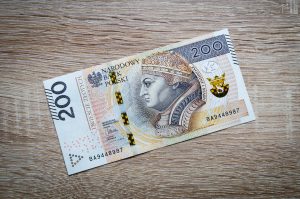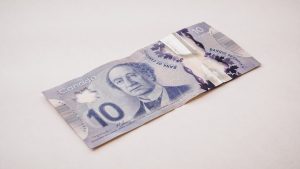Forex charts are an essential tool for traders to analyze price movements and make informed trading decisions. However, to fully utilize the information provided by these charts, traders must know how to mark them up properly. In this article, we will discuss the various methods used to mark up forex charts.
1. Support and Resistance Levels
Support and resistance levels are essential for any trader who wants to identify potential entry and exit points. Support levels are price levels where the demand for a currency pair is strong enough to prevent the price from falling further. Resistance levels are price levels where the supply of a currency pair is strong enough to prevent the price from rising further.
To mark up forex charts with support and resistance levels, traders can use horizontal lines to identify key price levels where the price has previously bounced off. To do this, traders can look back at historical price movements and mark the price levels where the price has previously found support or resistance.
2. Trendlines
Trendlines are another essential tool for traders to identify the direction of a trend. Trendlines are diagonal lines that connect two or more price points on a chart. An uptrend is formed when the price is making higher highs and higher lows, and a downtrend is formed when the price is making lower highs and lower lows.
To mark up forex charts with trendlines, traders can draw a line connecting two or more swing lows for an uptrend, or two or more swing highs for a downtrend. The more touchpoints a trendline has, the stronger it is considered to be.
3. Moving Averages
Moving averages are indicators that smooth out price movements by calculating the average price of a currency pair over a specified period. Moving averages are used to identify the direction of a trend and to provide support and resistance levels.
To mark up forex charts with moving averages, traders can plot a line on the chart that represents the average price of a currency pair over a specific period. Common moving averages used by traders include the 50-day, 100-day, and 200-day moving averages.
4. Fibonacci Retracement Levels
Fibonacci retracement levels are used to identify potential support and resistance levels based on the Fibonacci sequence. The most commonly used Fibonacci retracement levels are 38.2%, 50%, and 61.8%.
To mark up forex charts with Fibonacci retracement levels, traders can draw a line from the high point to the low point of a trend, and the retracement levels will be automatically calculated and displayed on the chart. Traders can then use these levels to identify potential support and resistance levels.
5. Candlestick Patterns
Candlestick patterns are used to identify potential price reversals based on the shape and color of the candles on a chart. Candlestick patterns can be used alone or in combination with other technical indicators to identify potential entry and exit points.
To mark up forex charts with candlestick patterns, traders can look for patterns such as dojis, hammers, and shooting stars. These patterns can be used to identify potential price reversals and to confirm other technical indicators.
In conclusion, marking up forex charts is an essential skill for any trader who wants to make informed trading decisions. By using tools such as support and resistance levels, trendlines, moving averages, Fibonacci retracement levels, and candlestick patterns, traders can identify potential entry and exit points and improve their trading performance.






